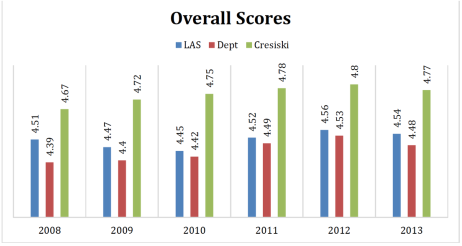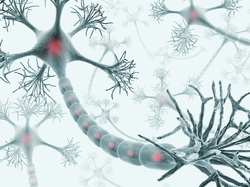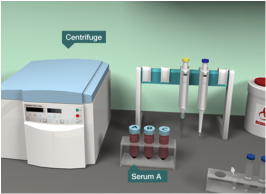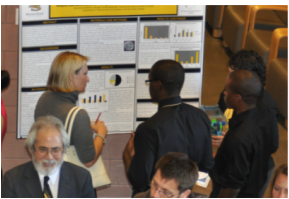Teaching Evaluations
|
The graph to the left shows Dr. Cresiski's mean overall student evaluation ratings (on a 5-point scale) from fall 2008-spring 2013, at Nevada State College, as well as the overall mean for faculty teaching face-to-face and hybrid classes in the Department of Physical and Life Sciences (Dept) and the School of Liberal Arts & Sciences (LAS). As the data illustrate, Dr. Cresiski scored above the departmental and school-wide average every year. PDFs showing scores in distinct categories (i.e. Relevance, Feedback, etc.) are available here and scanned copies of teaching evaluations from Mount Holyoke are here (for immunology) and here (for microbiology).
|
Teaching Approaches & Examples
Innovative Course Design
Examples:
|
Technology Integration
Dr. Cresiski is committed to embracing technology in her courses in a variety of ways. Some examples include:
|
Relevant Assignments
Projects and Assignments have to be relevant in terms of content and skills. Here are some examples of Dr. Cresiski's assignments:
|



